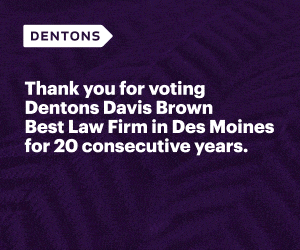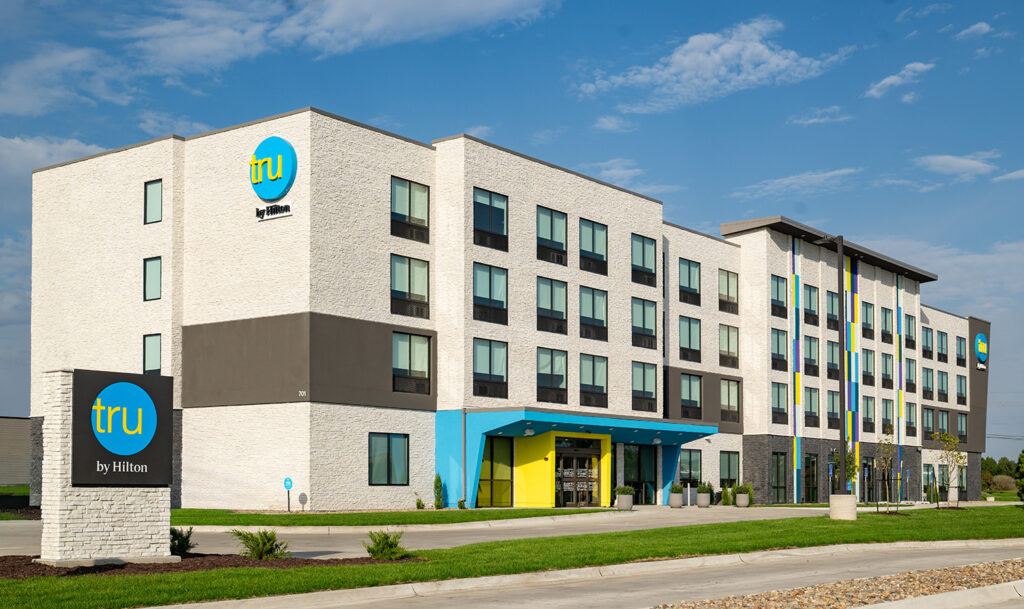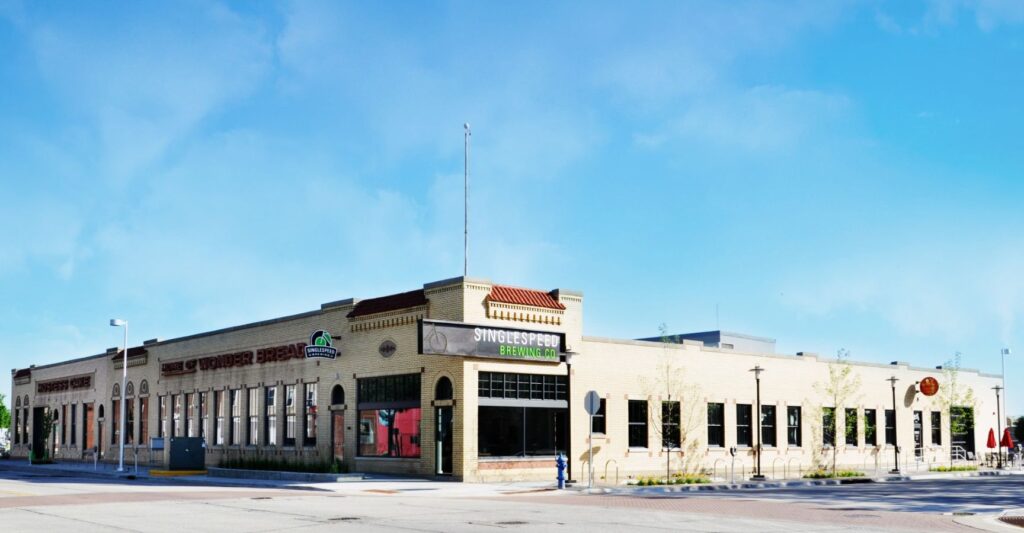All in a TIF

With hearings under way on a legislative proposal that supporters say could bring business to the state, Rep. Tom Sands decided it was time to start the debate on an idea that opponents say could chill the development atmosphere.
Sands is chairman of the Iowa House of Representatives committee that is conducting hearings on a proposal to trim commercial and industrial property taxes by 40 percent over 14 years. Reducing those taxes is supported by virtually every business group in the state.
Last week, the committee received a study bill that would rein in the use of urban renewal zones and a taxing mechanism used to finance development of blighted areas.
Improvements in those zones are paid for with tax increment financing (TIF), in which property taxes generated by increased valuations on improved property are abated, rebated, used to retire bonds that municipalities use to finance infrastructure in the zones, and otherwise kept separate from tax rolls.
The state spent $46 million last year to help school districts make up some of the tax dollars they lose as the result of TIF agreements.
One lobbyist for the Iowa League of Cities said he read the 81-page bill and had a “sleepless night.”
Sands knows he is courting controversy, but he is eager for the debate to begin.
“When you have nonpartisan folks who are economists and stay out of the political side say that Iowa has one of the most lenient and lucrative TIF laws, with no oversight, then citizens need to be reassured that the tax dollars are being handled properly, wisely and with good oversight,” he said.
Sands, a Republican, has studied the issue along with Democratic Sen. Joe Bolkcom. Both attended a presentation on a Johnson County study by the Iowa Policy Project and Child & Family Policy Center.
Peter Fisher, research director for the Iowa Policy Project, conducted the study and summarized that TIF shifts taxes from municipalities to neighboring taxing authorities, such as school districts, that fall within the TIF district but outside the city that created it.
All of that changes under the study bill, which requires that municipalities creating TIF districts – called project development areas under the bill – consult with and seek the approval of neighboring districts.
Craig Patterson, a partner with Campbell-Patterson Consulting LLP and a lobbyist for the Professional Developers of Iowa Inc., said such a provision would give veto power to people who lack the expertise to determine the merits of the TIF district.
“The professional developers are nervous,” Patterson said. “TIF is the only economic development tool they have in the toolbox. … It’s a vital tool.
“The study bill is very aggressive; hopefully it’s more than what legislators really want. I hope it’s written in a way just to have a robust conversation.”
That conversation is what Sands and Bolkcom want to trigger.
Bolkcom said TIF has become a “cash cow” for some communities and, along with Sands, he questioned the long-term benefit of using the dollars to finance projects that will never pay property taxes, such as a city hall or community recreation center or a fire station.
The idea isn’t to eliminate TIF agreements, the lawmakers said, but to regulate their use.
Under the study bill, a TIF district would expire after 10 years – some currently exist in perpetuity – and tax dollars diverted to the areas could amount to no more than 25 percent of the taxes generated by all properties in a community.
Data compiled by Jeff Robinson of the Legislative Service Agency shows that in the current fiscal year, 9 percent or $78.3 million of total property tax collections in Dallas and Polk counties is tied up in TIF districts. In 2001, the figures were 6.2 percent or $26.9 million.
Those dollars go to diverse uses.
“It’s tough to handicap projects,” Patterson said. “A local community makes the decision and commitment; we want to make sure the Legislature doesn’t misstep. We’re very nervous.”












